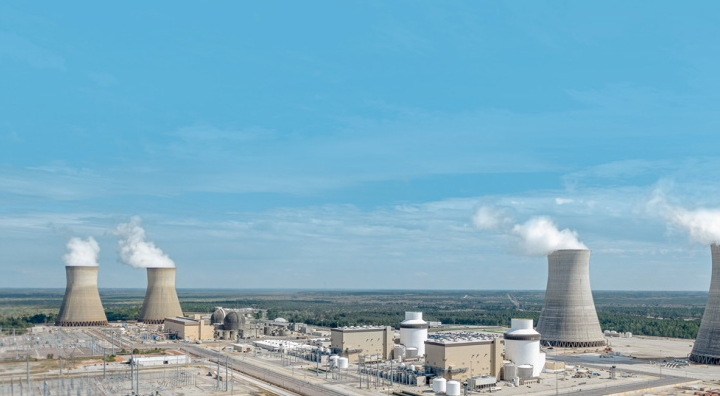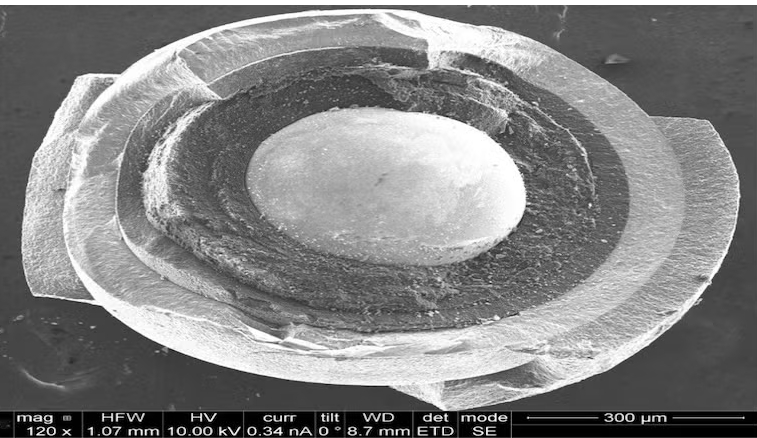Chemists are looking into greener alternatives to the current complex industrial process used to produce hydrogen gas and believe biologically synthesized hydrogen may be a more efficient process.
The research may help the global hydrogen fuel industry become more eco-friendly.
The researchers from the University of Illinois and the University of California, Davis reported their finding in the journal Proceedings of the National Academy of Sciences, and have said they have found that biologically synthesized hydrogen offers greater efficiency than the present human-made process.
The new study focuses on biological enzymes known as hydrogenases. These enzymes are “nature’s machinery” for creating and burning hydrogen gas and they are available in two varieties: nickel-iron and iron-iron. More specifically, the study analyzed the iron-iron variety. The reason for this, according to the researchers, is that the iron-iron hydrogenases performs the job at a faster rate.
What the team learned beyond their general understanding of the chemical composition of the active sites within the enzyme is that the enzyme’s engine was made up of two identical groups composed of five chemicals. These chemicals include two carbon monoxide molecules, one iron ion, one cysteine group and one cyanide ion. Together, these chemical groups form a single tightly bonded unit, and the two units combined, result in an engine with a total of 10 parts.
The researchers’ study of biologically synthesized hydrogen is not complete.
However, the researchers’ lab analysis of their lab-synthesized enzyme revealed that the recipe they created is missing a component as 11 parts are needed and they have a total of only 10.
“Our recipe is incomplete. We now know that 11 bits are required to make the active site engine, not 10, and we are in the hunt for that one final bit,” said chemistry professor and study co-author Thomas Rauchfuss, ScienceDaily reports.
At present, the researchers admit that they are unsure of what type of applications might result from their new understanding of the iron-iron hydrogenase enzyme. That being said, their discovery could lead to the creation of an assembly kit that will be instructive to other catalyst design projects.







